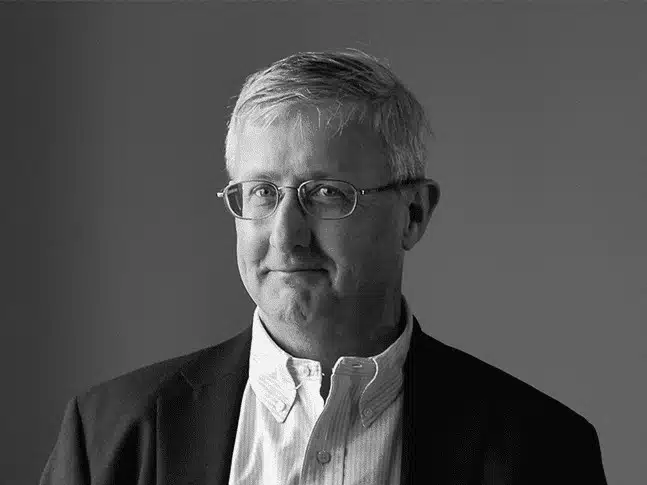My daughter, who has been wrestling with the task of paring down a guest list for her upcoming wedding, has decided to invite one hundred and fifty friends and family members. Budgetary considerations notwithstanding, two hundred meant having a less personal event, more unwieldy, with limited time to interact with all those present. So why does this number sound familiar? It’s Dunbar’s number, one measure of the optimal size of teams and organizations.
Robin Ian McDonald Dunbar heads the Evolutionary Neuroscience Group at the University of Oxford. He specializes in primate behavior and has published multiple books on primate social systems and related topics. Among his many findings are these: Human usually have five close friends, fifty social friends, and one hundred and fifty acquaintances. This last number has become known as Dunbar’s number.
According to Professor Dunbar, humans can only maintain personal relationships with one hundred and fifty or fewer individuals. He found that, throughout history, hunter gatherer communities, military companies, parish sizes and other social units thrived when their populations hovered around one hundred and fifty individuals. Groups that exceeded this number were more difficult to manage and, often, failed.
Sound like ancient history? One is tempted to dismiss Dunbar’s number as an outdated concept. After all, hasn’t social media proven that success comes by expanding one’s social networks and followers? As LinkedIn so subtly states, “It’s not what you know, it’s who you know.” The message is clear: The higher the number of one’s social media contacts, the better. That statement may be true for marketing campaigns . . . but not for organizational behavior. Particularly in startups.
During their early stages, startups are often short of staff. Founders handle many different tasks, working in highly collaborative settings. All employees share a common mission. When staff exceeds one hundred and fifty employees, corporate cultures change. Tasks becomes more specialized. Employee interactions with the founder(s) are less frequent. Workers are spread throughout buildings and/or cities. The cohesive, culture-reinforcing unit of the past is no more. As one of my Keurig co-founders once observed, “Job applicants are coming to Keurig in search of careers, not to launch a single cup coffee maker.” While that change was not necessarily “bad,” it reflected a different dynamic.
So, startup founders, department managers, even wedding planners would do well to consider Dunbar’s number and its implications. Times may change. Human behavior? Not so much.

Peter has spent the past twenty-plus years as an acting/consulting CFO for a number of small businesses in a wide range of industries. Peter’s prior experience is that of a serial entrepreneur, managing various start-up and turnaround projects. He is a co-founder of Keurig.

